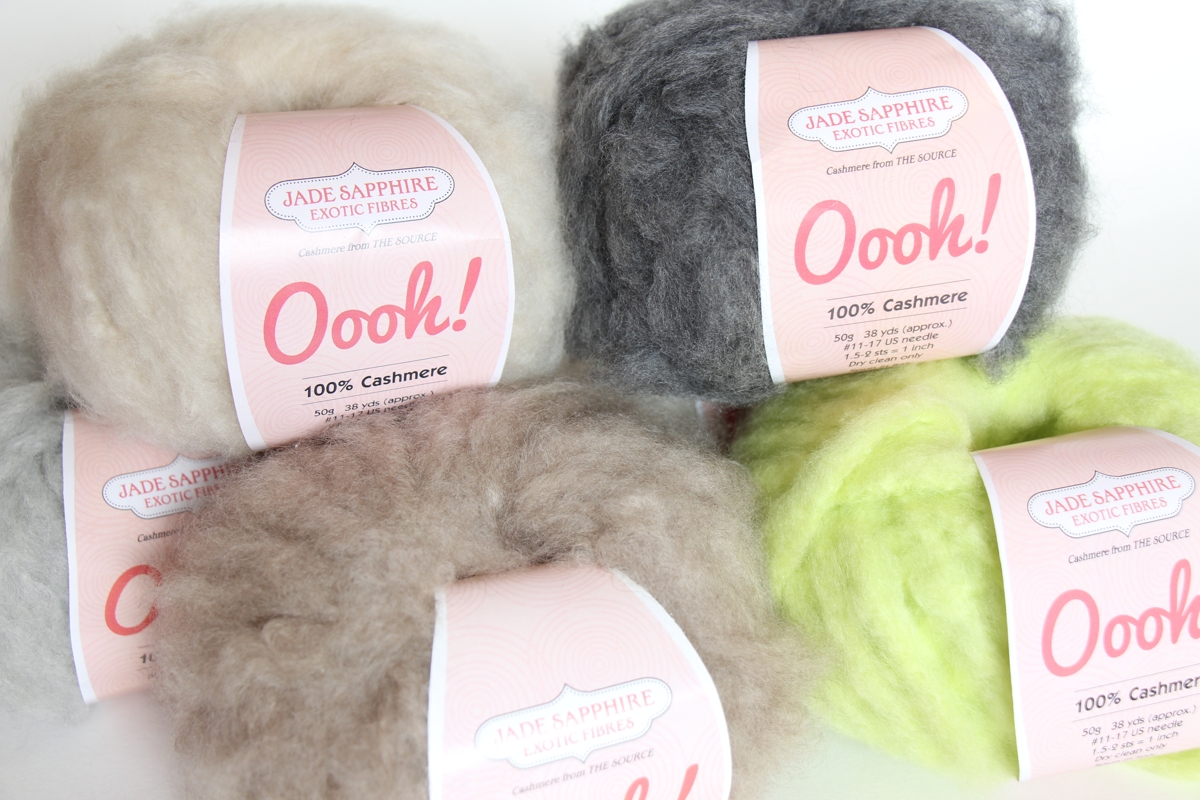Exploring the Origins of cashmere and Its Role in Contemporary Fashion
Exploring the Origins of cashmere and Its Role in Contemporary Fashion
Blog Article
Recognizing the Different Sorts Of Cashmere a Natural Fiber and Their Unique Advantages

The Beginnings of Cashmere: A Historic Overview
While the extravagant touch of cashmere continues to beauty modern consumers, its beginnings trace back to the rough, chilly environments of Mongolia and the Mountain ranges. For centuries, the indigenous peoples of these areas have been raising Capra Hircus goats, the prime resource of cashmere woollen. These goats, resistant against the extreme winter seasons, grew a great undercoat to survive, which later came to be called cashmere. The name itself pays tribute to Kashmir, a region in India where the wool was originally processed. Much of the very early cashmere trade course was helped with by the Silk Road, connecting Asia with the Center East and Europe. In spite of its worldwide spread, the finest cashmere is still thought to originate from the initial areas of Mongolia and the Mountain Ranges.

The Production Process: From Goat to Garment
Shearing a Capra Hircus goat notes the beginning of the complex cashmere production process. This fragile treatment typically takes place yearly throughout spring. The fine, soft undercoat is after that separated from the coarser external hair, a procedure referred to as dehairing. The resultant raw cashmere is then cleaned to get rid of pollutants such as veggie, grease, and dust issue.
The tidy fiber goes through dyeing, rotating, and weaving, or knitting, to change it into a textile. Complicated treatments like quality assurance checks and finishing processes adhere to, guaranteeing the end product preserves the elegant requirement expected of cashmere. This meticulous process, from goat to garment, validates the high price attached to cashmere items, making them a sign of deluxe and refinement.
The Different Kinds Of Cashmere: A Comprehensive Evaluation

The Unique Benefits of Cashmere: Comfort and Sustainability
Moving from the variety of cashmere kinds to the benefits they provide, comfort and sustainability stick out plainly. Cashmere, an all-natural fiber, is renowned for its unequaled soft qualities, supplying a level of comfort that artificial fibers can not match. The material's agility, yet outstanding heat retention, makes it optimal for all seasons. Cashmere's natural flexibility permits it to return to its initial form, making it immune to shrinking or stretching.
When it comes to sustainability, cashmere is eco-friendly and naturally degradable, as it's harvested from cashmere goats that regrow their coats annually. what is cashmere. Unlike artificial fibers which can take hundreds of years to decay, cashmere's effect on the setting is minimal. This combination of comfort and sustainability makes cashmere a helpful choice for aware customers

Caring for Your Cashmere: Maintenance and Conservation Tips
While cashmere is unquestionably a lasting and glamorous choice, it requires specific care to preserve its quality and prolong its lifespan. To start, cashmere need to be hand cleaned using chilly water and a moderate cleaning agent. Cashmere items should be saved in a dry and awesome location, away anonymous from straight sunlight and moisture.
Buying Cashmere: Comprehending Its Value and Well Worth
Although cashmere might originally look like a costly investment, its lasting worth and worth become noticeable original site when you consider its exceptional qualities. Known for its unparalleled softness and warmth, cashmere is a costs all-natural fiber that outshines other products. Its high demand and minimal supply add to its high rate, however its toughness guarantees it lasts for several years, using outstanding worth for money. Cashmere pieces are ageless, typically coming to be antiques gave through generations. what is cashmere. Its natural shielding buildings give heat without the mass of synthetic fibers. Spending in cashmere, for that reason, is not simply concerning present fashion fads, but regarding accepting a sustainable, long-lasting, and lavish way of living.
Final Thought
In summary, the type of cashmere one chooses, be it Mongolian, Chinese, or Italian, is dictated by private choices for warmth, budget, high-end, and sustainability. Understanding the beginnings, production procedure, and unique benefits of different kinds of cashmere can guide consumers in their financial investment in this elegant natural fiber.
Whether it's the extraordinary heat of Mongolian cashmere, the cost of Chinese cashmere, or the eco-conscious production of Italian cashmere, there's a story to be discovered behind each fiber type. Cashmere, a natural fiber, is renowned for its unequaled gentleness, giving a level of convenience that synthetic fibers can not match.When it comes to sustainability, cashmere is eco-friendly and eco-friendly, as it's collected from cashmere goats who regrow their coats every year. Known for its exceptional gentleness and heat, cashmere is a costs all-natural fiber that exceeds other products. Recognizing the beginnings, manufacturing procedure, and special benefits of different kinds of cashmere can direct customers in their financial investment in this glamorous natural fiber.
Report this page